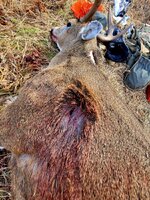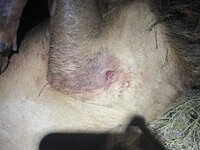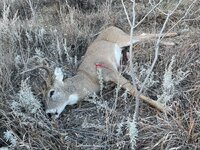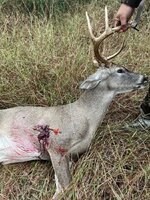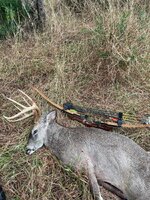Robobiss
WKR
- Joined
- Jan 3, 2024
- Messages
- 357
It’s mostly related to surface area and how large the cut is. Mechanicals (generally) have a much larger cut than fixed blades. Because if a fixed blade had a 2”+ cut it would never fly.I am assuming that the majority of fixed users will mostly report full passthrough and mechanicals will likely be the ones that will have penetration issues. I am assuming (if the sampling is big enough), that there will problem be a brand, and/or design/feature in mechanicals that shows up in ones that fail to pass through consistently. Interested to see results in a few months though. Hopefully the threads really take off.
It takes a lot more energy to push a broadhead with a 2” cut through X inches of flesh, than it does to push a 1-3/8” cut broadhead through the same inches of flesh.
The ones with the lowest % of pass throughs (generally) all else being equal will be the ones with the largest cut as they are doing more work inside the animal than the ones with the smaller cut and are requiring more energy to get it done.
2” x 13” (not quite through the other side)=26” of cutting. 1.375” (1-3/8”)X 14” (full pass through)=19.25” of cutting. It’s more scientific than this, but you can’t cut and hemorrhage that much more flesh without some tradeoffs. Namely penetration depth.

